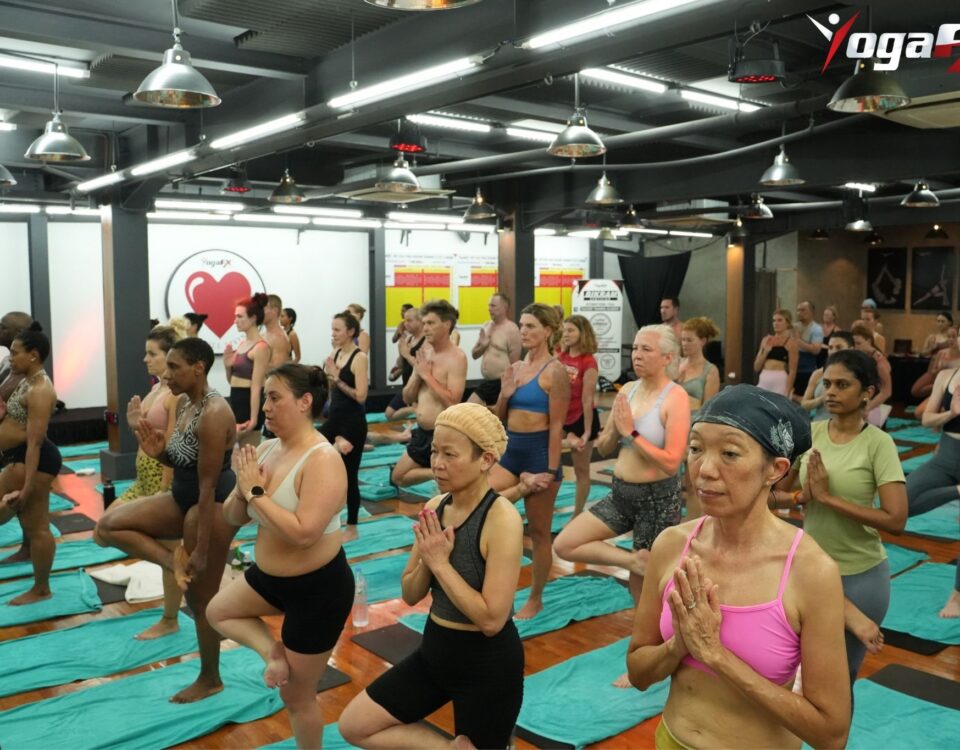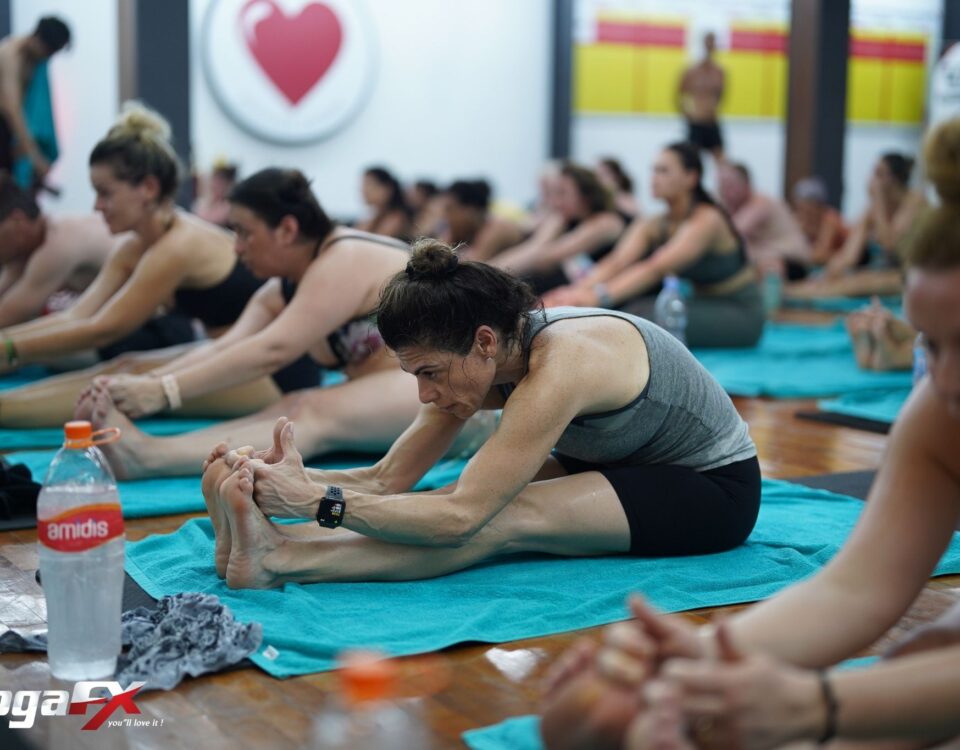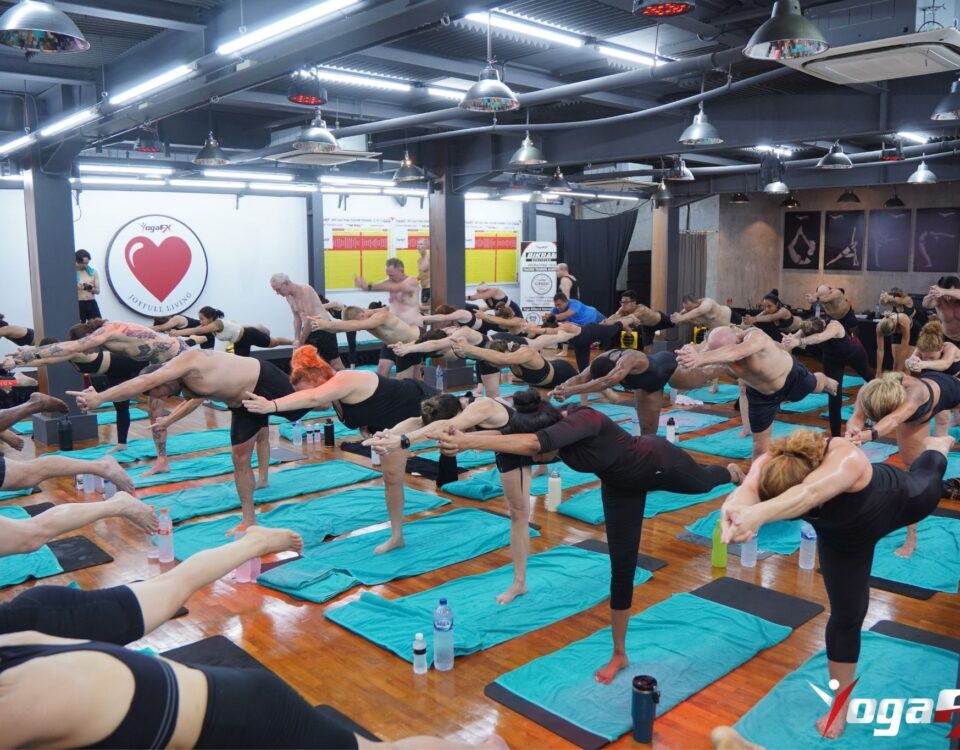
The origin of hot yoga is more than just a story—it’s a powerful journey that blends ancient tradition with modern transformation. If you’ve ever taken a class and wondered where all that heat and discipline came from, you’re not alone. We were also curious about the origin of hot yoga and how it evolved into the intense, life-changing practice it is today.
In this article, we’ll explore the full origin of hot yoga, uncover how Bikram Yoga began, and share why it’s still one of the most effective and respected styles in the world.
Where Hot Yoga Really Comes From
Believe it or not, the roots of hot yoga go way back—thousands of years. Traditional yoga began in ancient India, often practiced in naturally hot and humid climates. Back then, it wasn’t about sweat or body transformation. Yoga was mainly a spiritual discipline focused on breath, awareness, and self-realization.
Over time, physical postures (asanas) became more central—especially during the rise of Hatha Yoga. Eventually, teachers like Krishnamacharya and B.K.S. Iyengar brought stronger, more alignment-based yoga to the world stage.
But the idea of doing yoga in a purposefully heated room? That’s where modern history and Bikram Yoga come in.
Did Bikram Choudhury Invent Hot Yoga?
We wondered this too. The short answer: not exactly. Bikram didn’t invent yoga or the use of heat. What he did do was combine them in a very specific, structured way that became known around the world.
In the 1970s, Bikram brought a fixed Bikram Yoga sequence of 26 postures and 2 breathing exercises to the U.S. Inspired by his training under Bishnu Ghosh in India, he added one important detail: heat. He set the room to about 40°C (104°F) with 40% humidity—replicating Indian climate conditions.
His goal? To help students stretch deeper, sweat more, and stay focused. And it worked. Soon, Bikram Yoga studios were popping up everywhere, especially in places like Los Angeles and New York.
What Is Bikram Yoga?
Let’s break it down simply. Bikram Yoga is a 90-minute class that follows the exact same Bikram Yoga sequence every time: 26 postures and 2 breathing exercises. The room is heated, the mirror is there, and there’s no music—just instruction, sweat, and focus.
Each pose in the sequence serves a specific purpose—some focus on strength, others on balance or internal organ health. What we personally love is how the routine allows you to track your progress. You’re never guessing what comes next, and that makes your mind a little calmer, too.
How Hot Is Hot Yoga, Really?

The standard hot yoga temperature for Bikram is around 40°C (104°F). It might sound intense—and it is at first—but there’s real science behind it:
- Better flexibility: Muscles stretch safely when warm
- Injury prevention: Heat lowers risk of strain or pull
- Detox through sweat: Skin and blood get a good cleanse
- Cardio boost: You’ll feel your heart work harder
- Mental clarity: Staying calm in heat builds focus
At first, it feels like a challenge. But with regular practice (and proper hydration), the heat becomes part of the magic. Many of us even start to crave it.
Why Bikram Yoga Still Matters
There are so many styles of yoga today—from flowy vinyasa to power-based fusion—but Bikram still stands out for a reason. It’s clear, consistent, and challenging in the best way.
Some of the top Bikram Yoga benefits we’ve experienced include:
- Improved joint and spine health
- More mental discipline and focus
- Increased strength and stamina
- Faster recovery from stress or fatigue
It’s not just about sweating. It’s about showing up, doing the work, and walking out stronger than you were 90 minutes ago.
Keeping the Tradition Alive
Here at YogaFX, we believe in honoring the roots of this practice while sharing it with the world. Our training is grounded in the original Bikram Hot 26&2 Yoga method, designed to help students and teachers unlock the full power of this system.
If you’re curious about becoming a certified teacher, or you just want to go deeper in your own practice, we’d love to support you. The journey into the heat might feel intense—but it’s also incredibly rewarding.
We’ve lived it, and we’re still learning from it every day.


